I snapped these photos yesterday in the parking lot of the Lyndale Rose Garden in Minneapolis. Why, at a garden with huge displays of flowers, fountains, sculptures and more, would I bother taking not just one but multiple photos of the pay machine in a parking lot?
Fonts.
In particular, ever since I saw the documentary Helvetica, I’ve been observing instances of the use of Arial — that abomination of a Helvetica knockoff Microsoft foisted upon the world by being too cheap to license Helvetica for Windows — on public signage. In days gone by, the default, almost ubiquitous, font on all sorts of public signs was Helvetica. But in the modern PC era, these signs often use Arial, the readily available not-quite-lookalike, instead.
But this pay machine is something else entirely. It displays a schizophrenic mix of Arial and Helvetica.

The most readily distinguishable difference between Arial and Helvetica, as I’ve noted before, is the capital R. So this pay machine immediately caught my attention with the giant “PAY HERE” sign at its top, immediately recognizable as Arial. I also noticed that the taped-on “ATTENTION” sign (which frustratingly informed me that the credit card function was not working) was in Arial as well.

Next I noticed the pasted-on Dymo labels below the change slot, which were printed in Helvetica.

The instructions printed on the machine, presumably by the manufacturer, are in Helvetica, albeit an ugly, artificially compressed version. So it would appear that the “PAY HERE” sign was a Minneapolis add-on and not part of the original unit.
